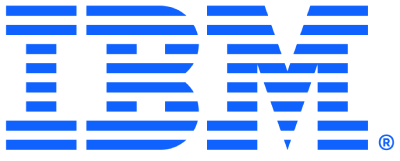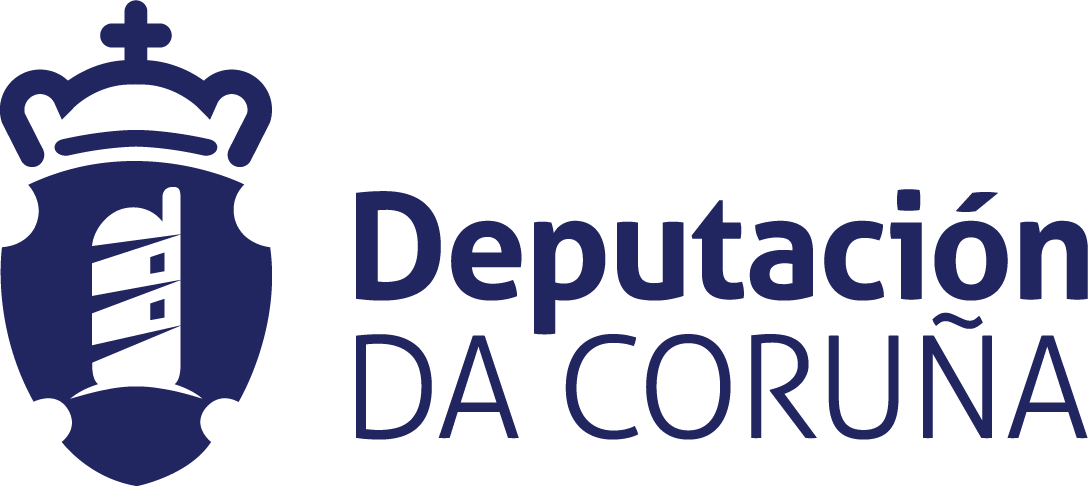Automated task planning is the domain of symbolic Artificial Intelligence concerned with computing plans or policies of actions for reaching given goals from initial states. In its most basic formulation, so-called “classical planning” is the problem of computing a sequence of actions leading from a given initial state to one of a given set of goal states, with deterministic actions, and fully observable states at execution time. This simple setting already captures a number of actual problems: controlled environments (games like Sokoban, industrial tasks) and more open environments (like high-level, centralized decisions for logistics).
This tutorial aims at presenting the domain of automated planning to a broad audience, with a focus on “rich” objectives, beyond the classical setting of single-agent, fully observable planning; specifically: multi-agent aspects, flexibility (with respect to execution uncertainty), temporal aspects (duration of actions, concurrent actions), epistemic setting (planning towards mental states), and contingency (in partially observable environments). Accounting for such aspects makes a much wider access to real-life problems than classical planning: taking into account the state of knowledge of other agents or humans in robot-robot or human-robot interactions, acting in highly uncertain (exploration of unknown areas) or highly unobservable environments (ineffective sensors), etc. For each topic,we present the main modelling frameworks, typical scenarios and their modelling, and the main algorithmic approaches.



























